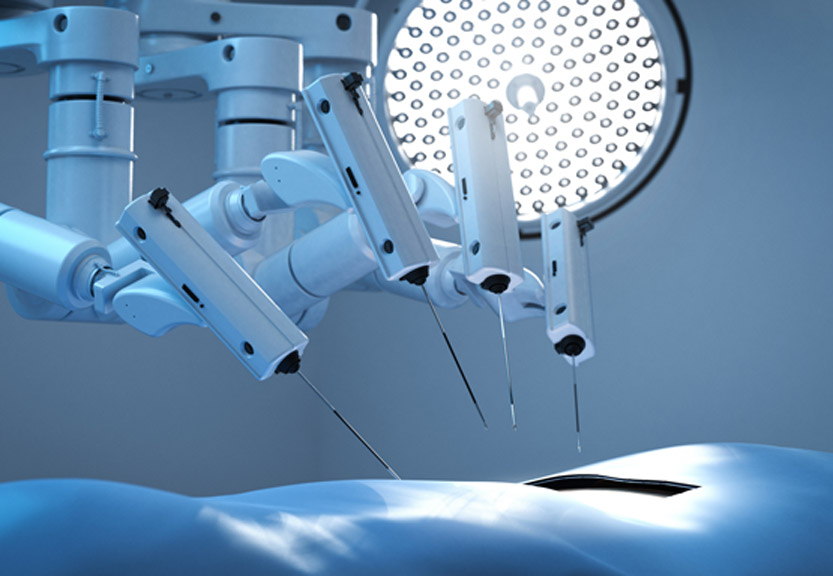

A prostatectomy is a surgical procedure done to remove part or all of the prostate gland. The prostate gland is located in the male pelvis, below the urinary bladder, and surrounds the urethra, which carries urine from the bladder.
Goals of a Prostatectomy
The procedure is commonly done to treat prostate cancer (typically localized prostate cancer). It may be done as a stand-alone procedure, or in conjunction with radiation, chemotherapy, and hormone therapy.
A prostatectomy can be performed in several ways, depending on the condition being treated. Options include minimally invasive surgery performed with robotic assistance and traditional open surgery.

Radical prostatectomy involves the complete removal of the prostate gland and surrounding lymph nodes to treat localized prostate cancer. Radical prostatectomy may be performed using different techniques, including:
- Robot-assisted radical prostatectomy. The surgeon sits at a console, using instruments attached to a computer-assisted mechanical device (robot) and makes five to six small incisions in the lower abdomen to remove the prostate. The robotic device increases the accuracy and precision of the procedure. Dr. Lee was part of one of the pioneering teams first performing robot prostatectomy procedures and has performed well over 6,000 cases, which is one of the very top experiences in the country. He has also written extensively on optimizing the procedure and maintains a database of patients tracking outcomes to constantly improve the techniques.
- Open radical prostatectomy. The surgeon makes an incision in the lower abdomen to remove the prostate.
Risks
The risks of radical prostatectomy include:
- Urinary incontinence
- Bleeding
- Urinary tract infection
- Narrowing of the urethra or bladder neck
- Erectile dysfunction (impotence)
- Formation of cysts containing lymph (lymphocele)
